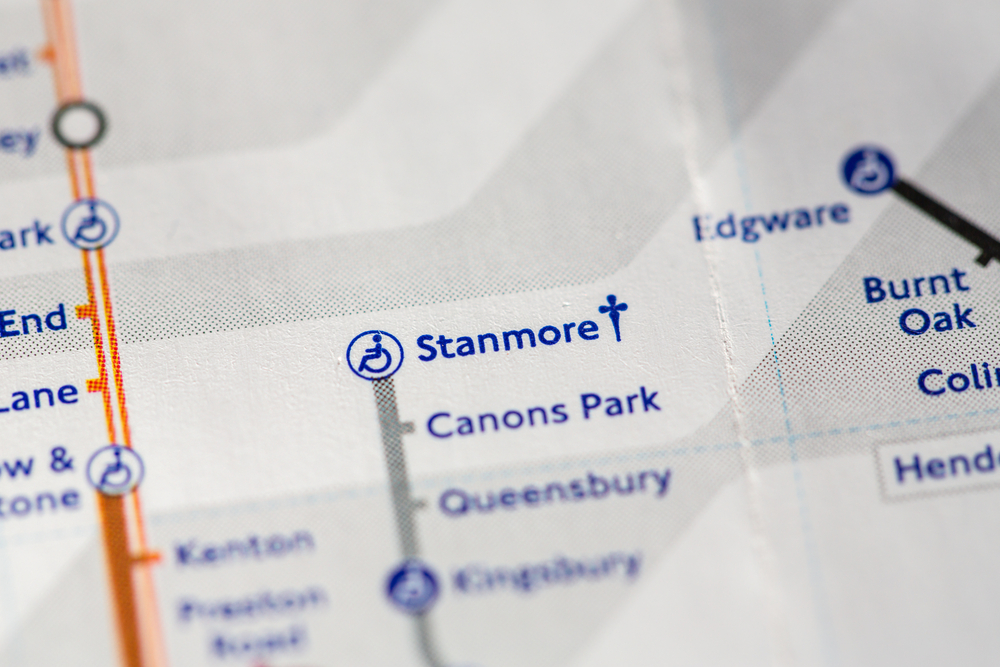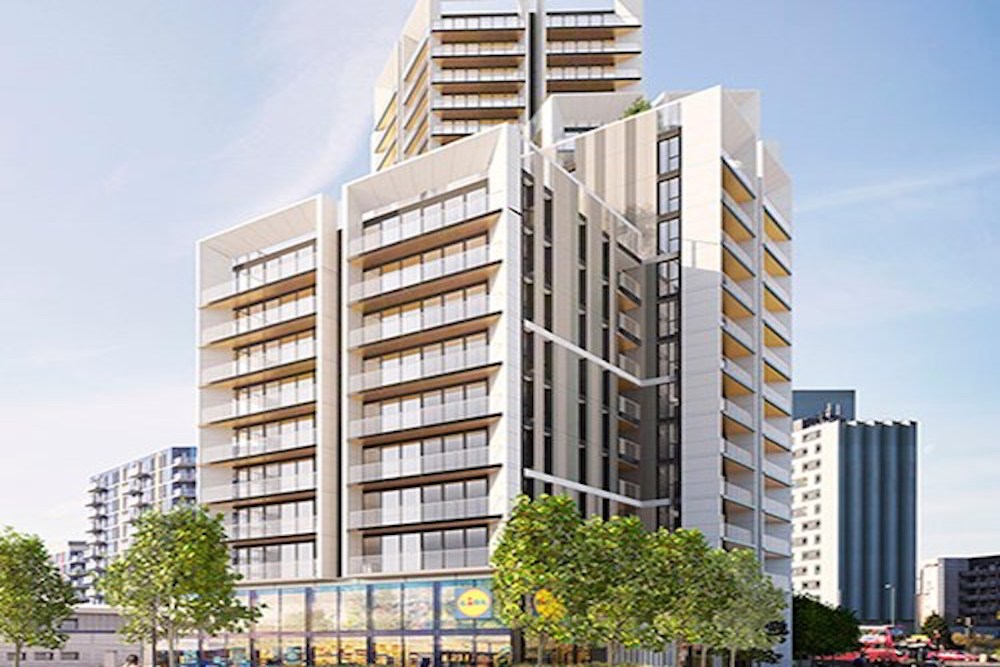
by Kim Pidgeon | Apr 16, 2019 | News
Transport for London has selected Catalyst Housing Ltd as its preferred bidder to deliver around 450 homes in Harrow, all of which will be affordable.
The project will see three car parks developed in the borough to deliver the new homes, with the sites being brought forward using the Greater London Authority’s ‘London Development Panel 2’ (LDP2).
Catalyst will start detailed designs and will consult the local community before a planning application is submitted in 2019/20. The housing association, which is a member of the G15 group, has more than 21,000 homes in London and the South East.
Ian McDermott, chief executive of Catalyst said: “Catalyst is pleased to have been selected by TfL as its partner on the first opportunity to come through the London Development Panel 2 since its creation.
“All three of these schemes will provide 100% genuinely affordable housing for Londoners, and we are really looking forward to working with TfL and Harrow Council to create these new, vibrant communities.”
The three car park sites in the scheme are located at Canons Park Underground Station, Rayners Lane Underground Station and Stanmore Underground Station. TfL plans to retain commuter car parking at the three sites along with the new homes. Plans also include improvements to the localities including new trees and enhanced pedestrian and cycling connectivity.
TfL will also work with the London Borough of Harrow and local stakeholders to improve the step free access at Stanmore station.
Graeme Craig, director of commercial development at TfL, added: “We’re delighted to have appointed Catalyst as our partner and look forward to working with them to deliver hundreds of affordable homes at these prime locations next to Tube stations.
“This is another important milestone in our programme across the capital that is delivering thousands of new affordable homes, creating thousands of new jobs and generating vital revenue to reinvest in the transport network.”
Harrow tradition
Councillor Keith Ferry, deputy leader of Harrow Council, said: “Our community is crying out for affordable homes for Harrow people – so we are delighted to welcome TfL’s plans to build a better Harrow.
“Our borough was born out of the need for new homes for hardworking people near railway links – and we are pleased to see that tradition continue today.”
LDP2 enables TfL to bring sites forward with a partner who has a proven track record of delivering housing on public sector land. This new London Development Panel replaces the first LDP, which expired in 2017.
TfL has a programme in place that will see it develop 300 acres to deliver more than 10,000 homes across London. It has already submitted planning applications for more than 4,200 homes, and since May 2016, 50 per cent of its homes have been affordable.

by Kim Pidgeon | Apr 8, 2019 | News
The UK Housing Review 2019 has revealed a rapid growth of short-term lets in particular locations across the country. It suggests that Airbnb alone has over 77,000 lets in Greater London, 55.4 per cent of which are entire homes. Breaking those numbers down further reveals the bulk of the lets are heavily concentrated in the Westminster (8,328), Tower Hamlets (7,513) and Hackney (5,907) boroughs.
It’s not just cities though. While Edinburgh has over 10,000 short-term lets, with its city centre ward alone having two Airbnb lets for every 13 homes, the Isle of Skye in rural Scotland has one Airbnb letting for every 10 houses.
The new analysis from the Chartered Institute of Housing (CIH) reveals that while such an increase of short-term lets has been beneficial to tourists and landlords, its impact on the private rented sector could be less glowing if left unregulated. It suggests that the growth of the short-term lets market could lead to the loss of private rented homes and the displacement of long-term residents from their communities
The rise of Airbnb has created what is being called ‘globalhoods’ – ultra-desirable neighbourhoods drawing in visitors from across the globe at an ever-increasing rate. The review identifies a cause for concern if these properties move from the private rented sector to the short-term lettings sector for part of each year, and even greater cause for concern if they become permanent short-term lets, unavailable to locals.
The report outlines the potential impact of the growth in short-term lets, including the issue of regulation, the effect on an area’s communal spaces, conveniences and facilities, and the impact on local housing markets.
CIH chief executive Terrie Alafat CBE said: “Digital platforms like Airbnb have brought great convenience to tourists who come to enjoy our cities and communities, as well as economic benefit to their hosts and local areas.
“However, if left unregulated, there is a real risk of loss of much-needed housing from the private rented sector to the short-term lets market, and displacement of long-term residents.
“We need to find a way to accommodate the housing needs of individual residents while allowing tourism to continue in our most popular locations. More regulation could be necessary if growth continues and local authorities still have no way to accurately monitor numbers.”
Suggestions for tackling such issues are included in the review, ranging from: ensuring better data exists on short-term lets so local authorities can keep track of their growth and location (Airbnb have pioneered this in Barcelona); introducing a modest local tourism tax to assist local authorities in the monitoring and regulation of the short-term lettings sector; and caps on the number of short-term rentals in particular high-pressure areas.
The UK Housing Review 2019 report is available here.

by Kim Pidgeon | Mar 11, 2019 | News
Clarion Housing Group’s latest acquisition is part of their £109m (Gross Development Value) scheme in the Alperton housing zone, which aims to deliver around 650 new homes in the borough over the next three years. From that number, more than 550 homes will be affordable.
The new purchase is for the Minavil House site, on which 251 new homes will be built. The provider says 215 of those will be for shared ownership and 36 will be for affordable rent.
The development, which already has full planning permission, is scheduled to be completed in 2022.
Philip Browne, new business and partnerships director for Clarion Housing Group said: “Clarion has a major role to play in tackling the housing crisis and we are investing £13bn nationally in our development programme.
“London is at the sharp end of the housing crisis and delivering affordable housing in the capital remains an absolute priority for us.”
The Minavil House scheme includes around £8m of grant funding from the Greater London Authority (GLA).
James Murray, deputy mayor for housing and residential development added: “We are working with partners across London to build more social rented and other genuinely affordable homes.
“We welcome Clarion’s commitment to building more affordable housing in Brent, and we will continue to work together to tackle London’s housing crisis.”
This new purchase comes as building work is underway on a separate scheme in Alperton. The site, on the disused industrial site at Abbey Wharf, will create 135 shared ownership and affordable rented homes.
Social landlord Clarion has also submitted a planning application jointly with developer R55 to build 258 new homes on a brownfield site on Dudden Hill Lane. The submission comprises 114 shared ownership homes, 54 affordable rented homes and 90 homes for sale.
Through its strategic housing partnership with the Mayor of London, Clarion aims to deliver 5,600 affordable homes across the capital by 2021.


